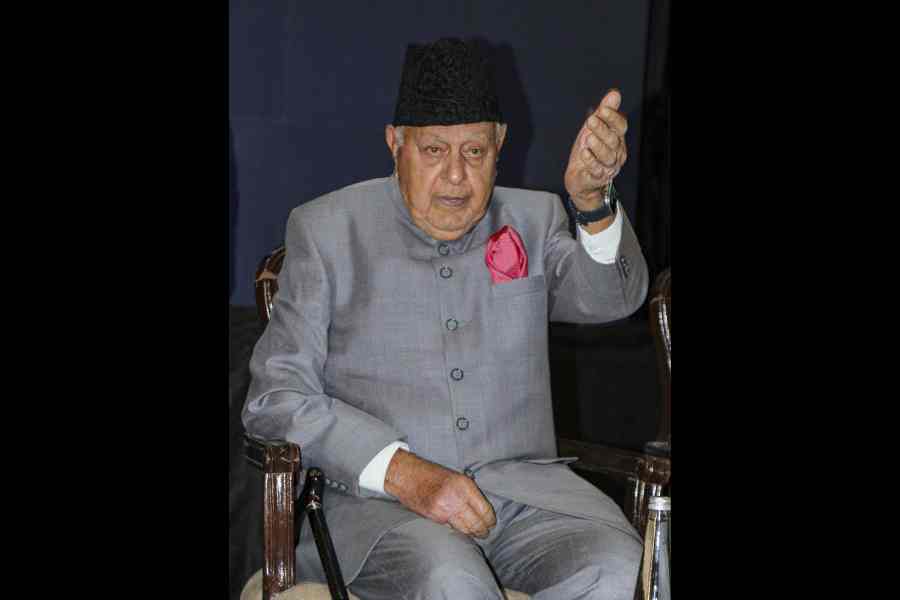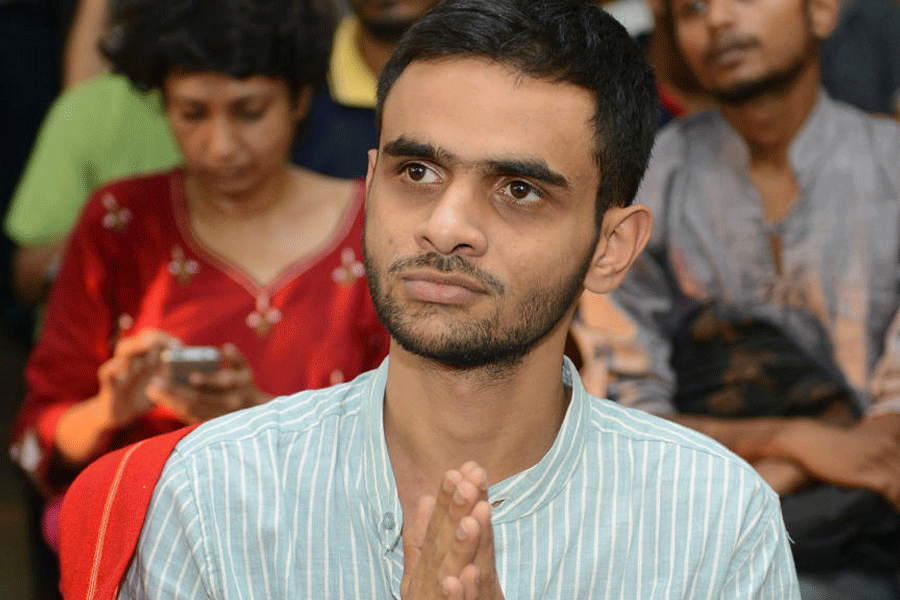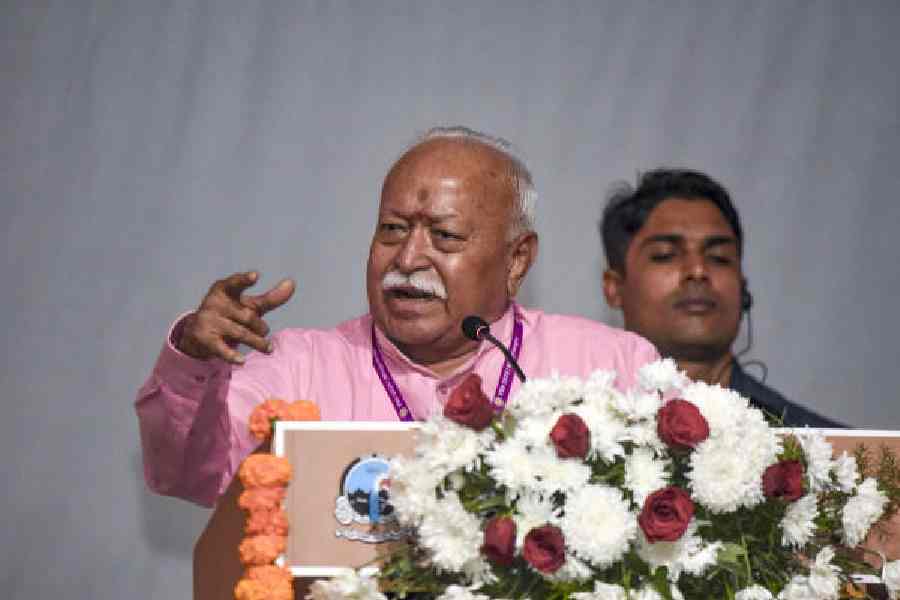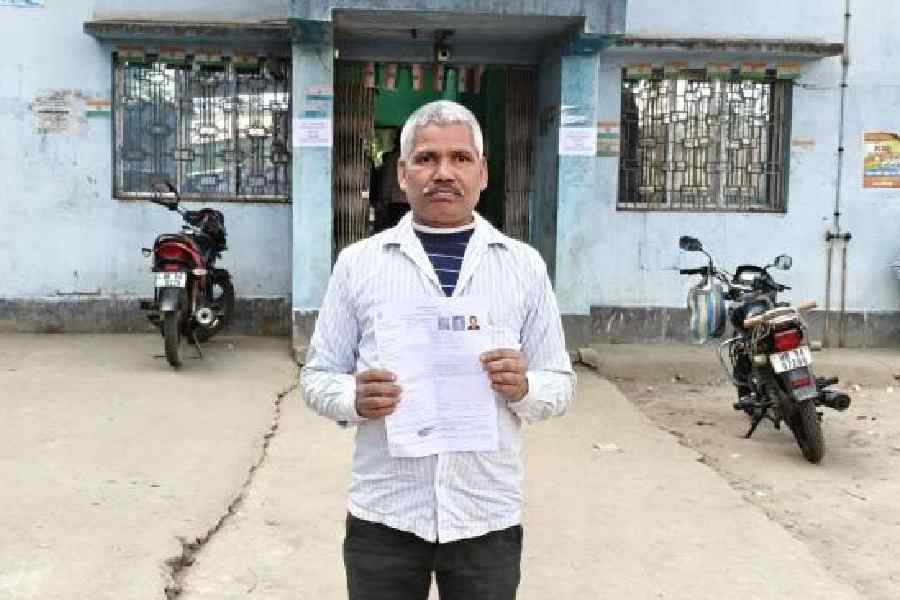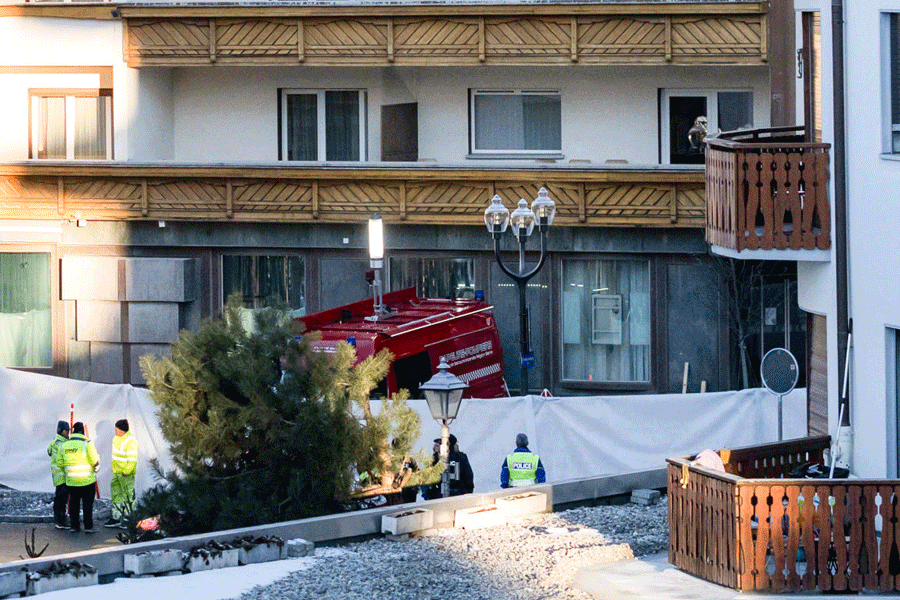New Delhi, Sept. 2: India’s first commercial nuclear reactor designed to generate more fuel than it burns and drive the country closer towards harnessing its vast thorium reserves will become operational in September next year, a senior atomic energy official has said.
The 500MW Prototype Fast Breeder Reactor (PFBR) in Kalpakkam, Tamil Nadu, is intended to be a forerunner of a series of home-grown reactors that are expected to dramatically boost India’s nuclear power generation capacity over the next three decades.
“The construction of the PFBR is nearly complete,” said Rattan Kumar Sinha, chairman of the atomic energy commission on August 23.
“But as this is a new type of reactor, the regulatory processes could take a year. We expect the reactor to become operational by September 2014.”
The PFBR will generate energy through the nuclear fission of plutonium extracted from the spent fuel of India’s existing pressurised heavy water reactors. But the reactor will also generate fresh loads of fuel — fissile plutonium from uranium, or fissile uranium from thorium.
Fast breeder reactors pose far bigger technological challenges than conventional reactors. But, nuclear engineers say, fast breeders represent the second stage of India’s three-stage nuclear power programme that ultimately plans to use the thorium locked in its coastal sands.
“Thorium is like wet wood,” Sinha said, speaking at a conference on nuclear energy organised by Assocham India, an association of industry organisations. “Thorium needs to be turned into fissile uranium just as wet wood needs to be dried in a furnace.”
A blanket of thorium around the fuel inside the PFBR would be turned into fissile uranium, which can be extracted to serve as fresh nuclear fuel. The third stage reactors would use this uranium in their cores and more thorium in their blankets.
Sections of nuclear scientists believe that such a thorium-driven nuclear power programme could generate power for up to 600 years.
“But it’s not prudent to put thorium in breeder reactors ahead of time,” Sinha said. “We need to wait about 30 years while the fast breeder programme grows and then start putting thorium.”
The PFBR was preceded by a small 50MW Fast Breeder Test Reactor, set up in Kalpakkam in the 1980s. If all goes well with the PFBR, India hopes to build four more fast breeder reactors over the next two decades.
Only India, France and Russia have signalled their intention to pursue commercial fast breeder reactors, although the US, Germany, Britain, China and Japan have pursued research on fast breeder reactors.
The technology is controversial because of its complexity and challenge and concerns about its economics. Some nuclear analysts have predicted that the PFBR will not live up to its promise because of economic and safety issues.
The World Nuclear Association has said that while there has been progress on the technical front, the economics of fast breeders still depend on the value of the plutonium fuel that is bred and used, relative to the cost of fresh uranium.
But the association has also said that fast breeder technology is “important to long-term considerations of world energy sustainability”.


